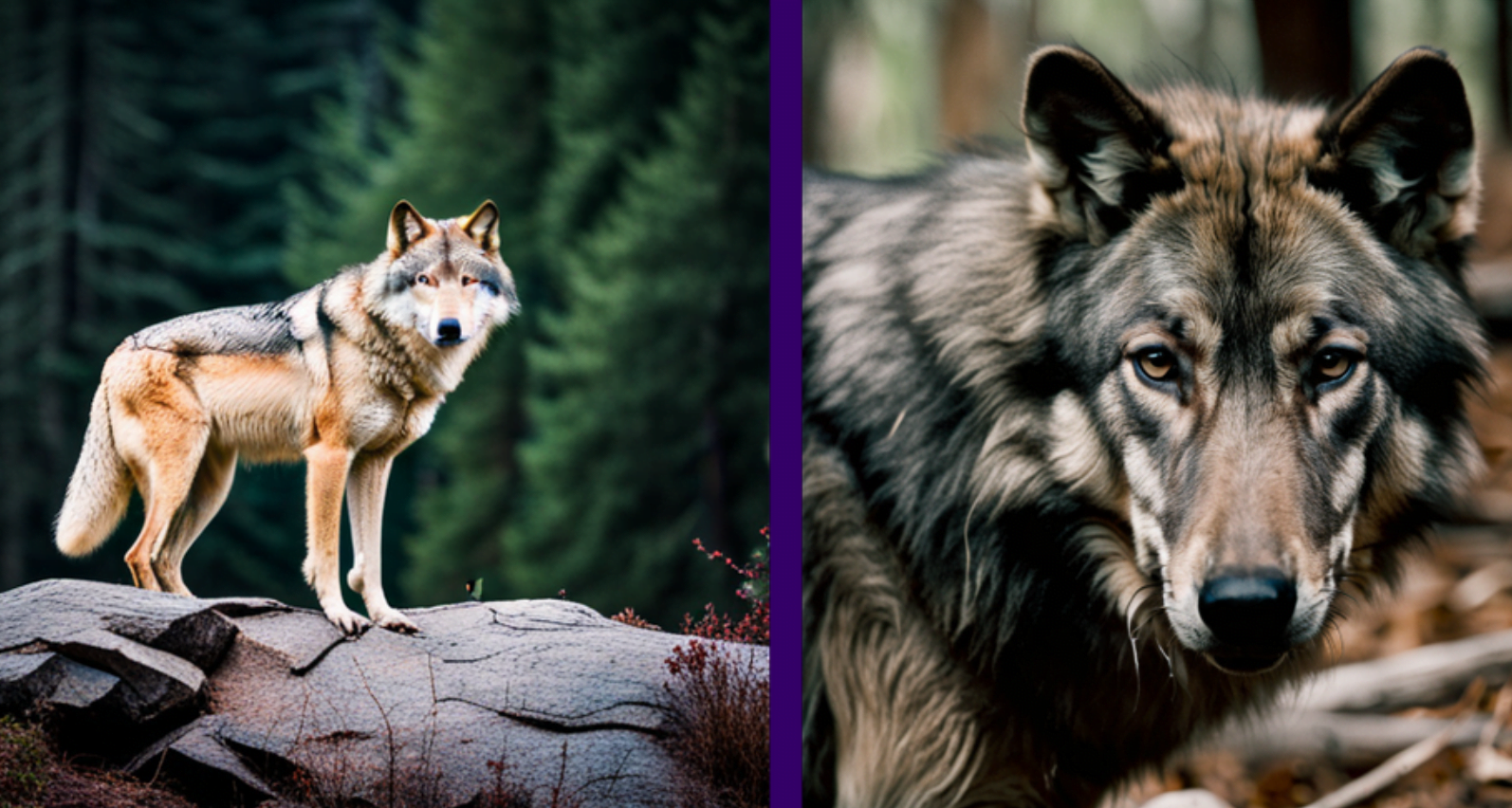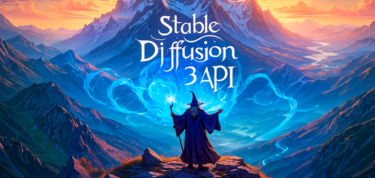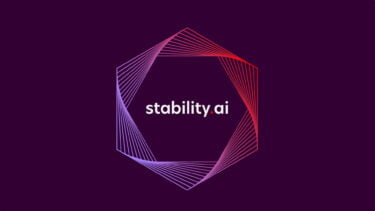Stability AI launches its advanced image generation model, SDXL 0.9, which generates significantly improved image and composition details over its predecessor. The company touts that this improvement is substantial enough to provide practical applications for AI-generated images across multiple sectors.
With the release of SDXL 0.9, Stability AI takes a "leap forward" in generating hyperrealistic images for various creative and industrial applications. Compared to its predecessor, the new model features significantly improved image and composition detail, according to the company.
It is accessible via ClipDrop and the API will be available soon. Users can expect an open release of research weights in mid-July as the model moves toward its 1.0 release.
SDXL 0.9 offers a wide range of creative use cases for generative AI imagery, including hyperrealistic creations for film, television, music, educational videos, and design, as well as industrial applications. According to Stability AI, these capabilities place its latest model at the forefront of real-world applications for AI imagery.

Features beyond image generation
In addition to basic text prompting, SDXL 0.9 offers many features including image-to-image prompting (input an image to get variations), inpainting (reconstruct missing parts in an image), and outpainting (seamlessly extend existing images).
The composition enhancements in SDXL 0.9 stem from a significant increase in the number of parameters compared to the previous beta version. Parameters represent the sum of all weights and biases in a neural network, and this model has a 3.5B parameter base model and a 6.6B parameter model ensemble pipeline. In contrast, the beta version used only a single 3.1B parameter model.
To generate more realistic images with greater depth and a higher resolution of 1024x1024, SDXL 0.9 uses two CLIP models, including the largest OpenCLIP model to date (OpenCLIP ViT-G/14).
Accessibility and performance on consumer hardware
Despite its advanced features and model architecture, SDXL 0.9 can run on a modern consumer GPU, requiring only a Windows 10 or 11 or Linux operating system, 16 GB of RAM, and an Nvidia GeForce RTX 20 (equivalent or higher) graphics card with at least 8 GB of VRAM. Linux users can use a compatible AMD card with 16 GB of VRAM.
Since its beta launch on April 13, SDXL has generated more than 700,000 images and got "great responses" from "nearly 7,000" Discord community users. The platform regularly hosts "Showdowns," with 54,000 images submitted and 3,521 SDXL images declared winners.
Availability and future plans
SDXL 0.9 is available on Stability AI's ClipDrop platform, with access for API and DreamStudio users coming on June 26. The code to run the open-source version will be available later via GitHub. The open-source release of the full SDXL 1.0 model is targeted for mid-July.
Currently, SDXL 0.9 is being released under a non-commercial, research-only license, and researchers can request access to the models.






